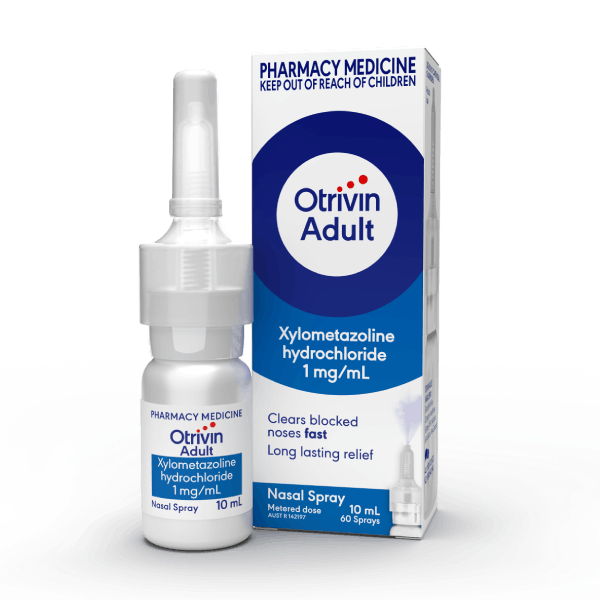
LEARN ABOUT HAYFEVER
Hayfever occurs when an individual has an allergic reaction to pollen. Doctors call it allergic rhinitis, which simply means inflammation of the inside of the nose. Pollen is a fine powder, and it contains proteins that can cause the nose, eyes, throat and sinuses to become swollen, irritated and inflamed.1
Other symptoms of hayfever include:
· watery, itchy or red eyes
· sneezing
· itchy ears, nose and throat
· headaches
· runny or blocked nose2
Relieve
There are various treatments available that can help in reducing these symptoms.
· Antihistamine tablets or syrup can help to prevent the allergic reaction from occuring in the first place. They work by stopping a substance called histamine being released by your body and causing the allergic reactions. Antihistamines are helpful in relieving sneezing, itchy and irritated eyes and a runny nose.3
· Corticosteroid nasal sprays can help reduce levels of inflammation and swelling in the nose. They are helpful in controlling an itchy nose, sneezing, and a runny and blocked nose.3
· Decongestant nasal sprays, like Otrivin Adult, can help treat the nasal symptoms of hay fever, specifically nasal congestion.
1 Healthdirect (2017). "Hay fever (allergic rhnitis)". https://www.healthdirect.gov.au/hay-fever. (Accessed 05-02-2019).
2 Victoria State Government Health and Human Services (2018). "Hayfever." https://www.betterhealth.vic.gov.au/health/conditionsandtreatments/hay-fever. (Accessed on 05-02-2019).
3 Healthdirect (2017). "Hay fever treatments". https://www.healthdirect.gov.au/hay-fever-treatments. (Accessed 05-02-2019).







